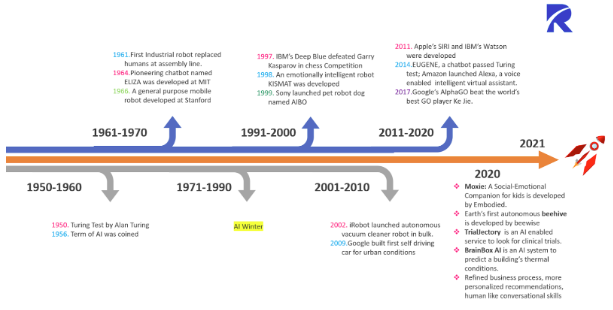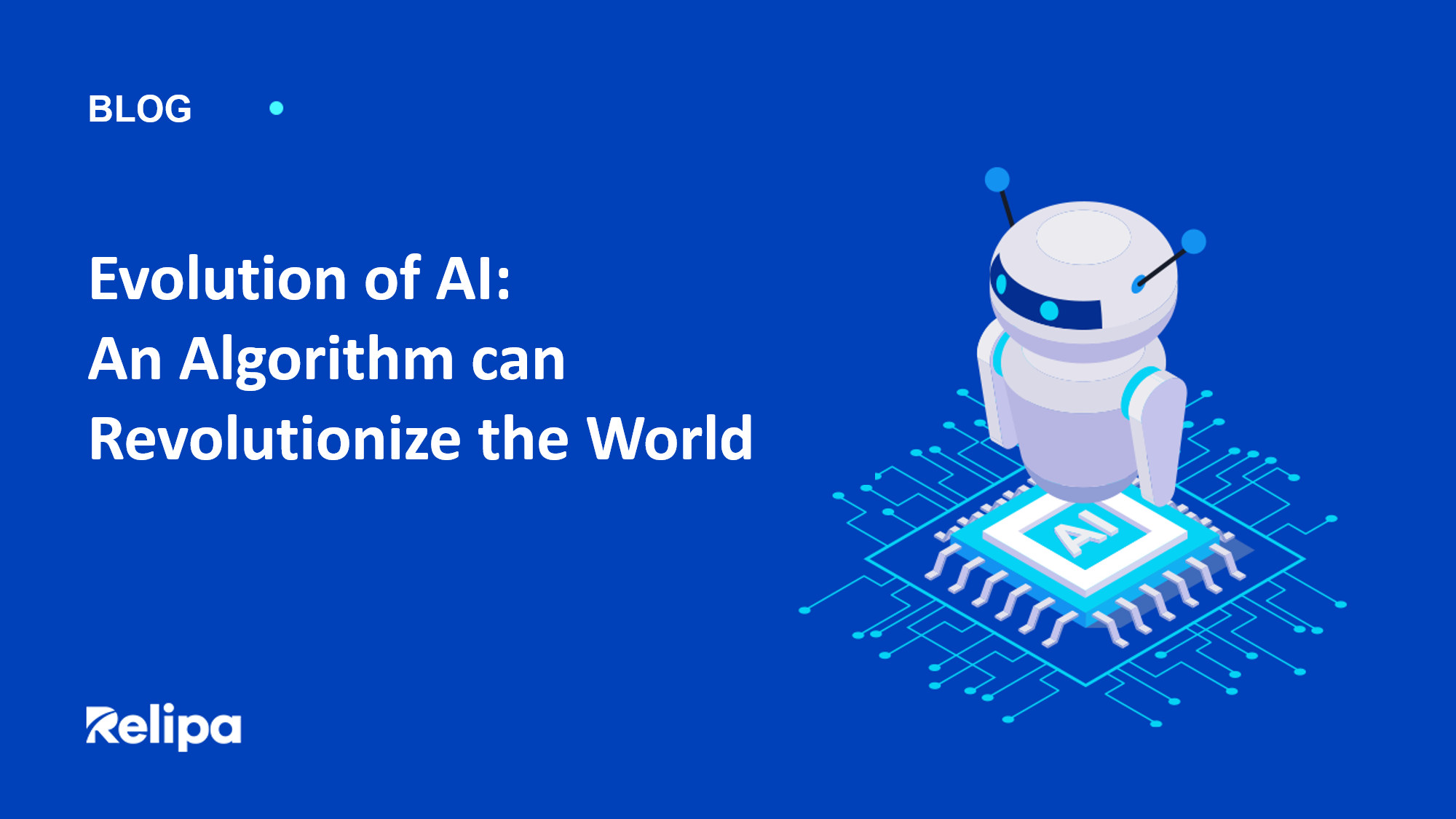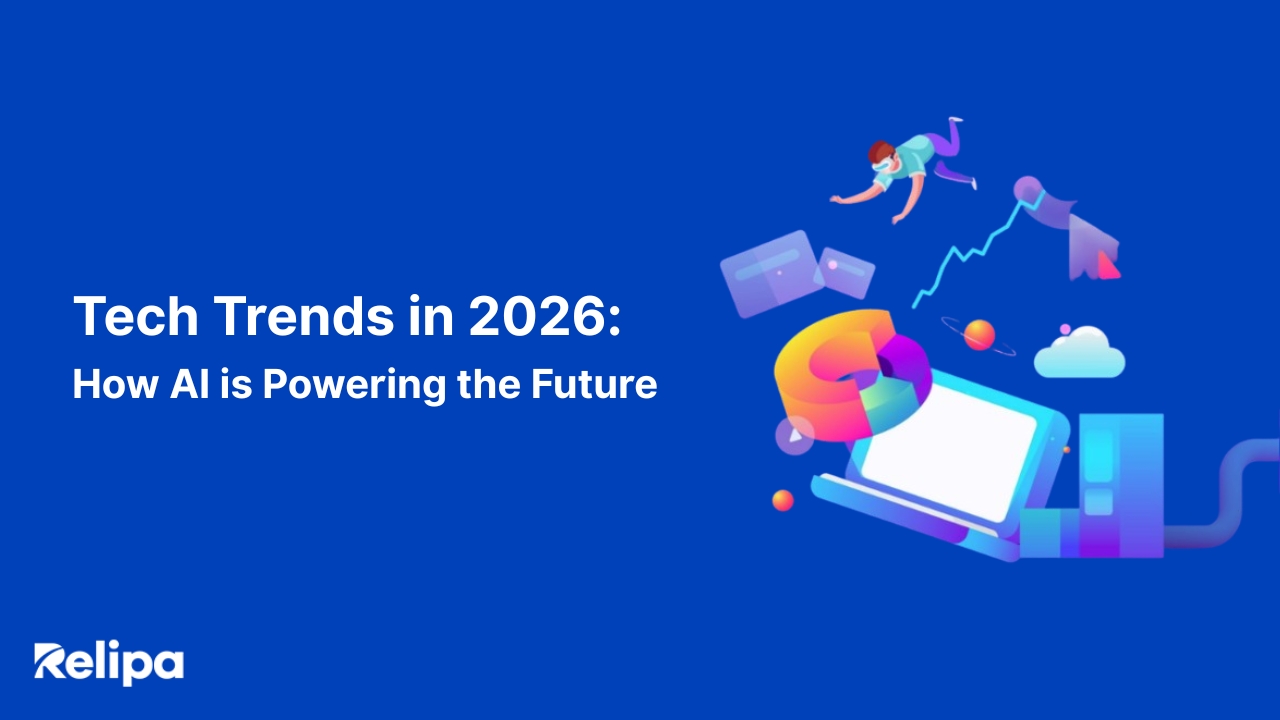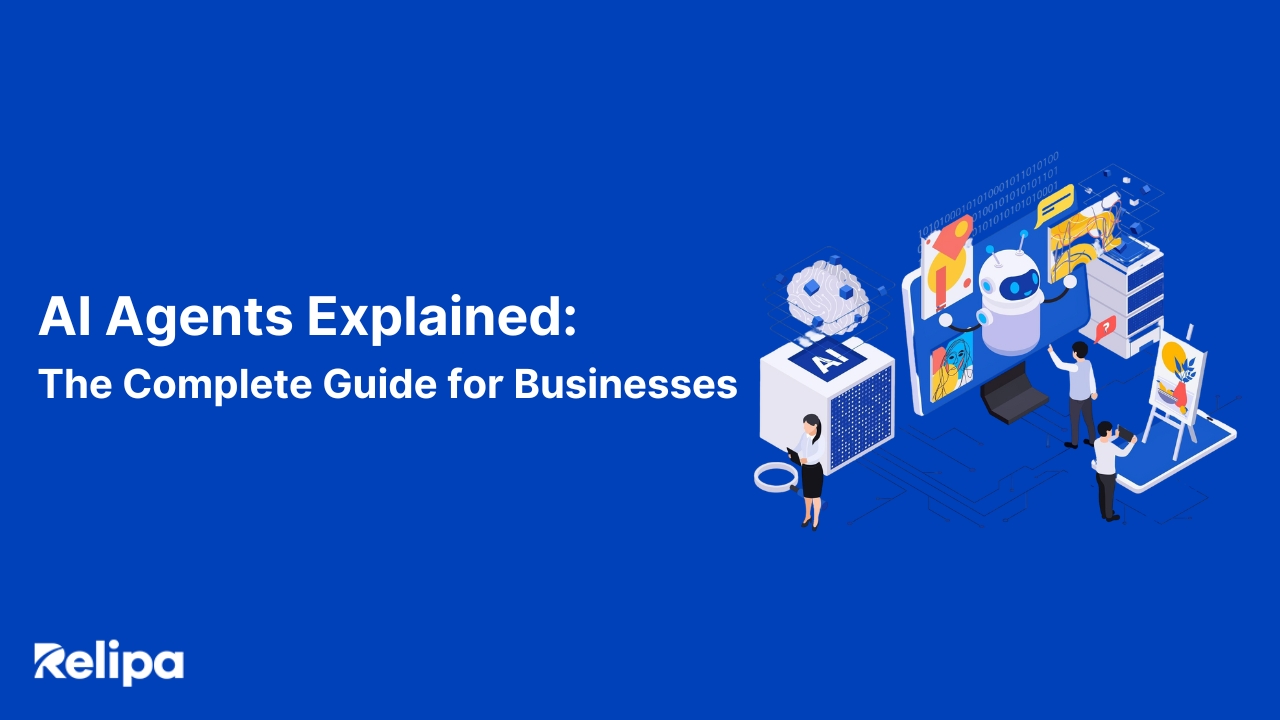Evolution Of AI: An Algorithm Can Revolutionize The World
Evolution of AI has come a long way in its development since its inception, evolving from the realm of science fiction to an increasingly essential technology that is transforming industries and lives around the world. Advances in machine learning, natural language processing, and computer vision are making AI no longer a dream of the future, but a reality. Especially, the advent of GPT has heated up the AI arms race. In this article, let’s take a closer look at the evolution of AI, its impact on various industries, and the possibilities it holds in the future.
Artificial Intelligence (AI)
According to the Merriam-Webster Dictionary, “Artificial intelligence is a branch of computer science that simulates intelligent behavior in computers.” If a machine can make intelligent decisions, it is It can be said that it is accurate. In general, the terms machine learning, deep learning, and AI are often used synonymously, but strictly speaking, deep learning is a part of machine learning, and machine learning is a part of AI.
Deep learning is a form of representation learning, which is an important subset of machine learning. However, deep learning does not cover the entirety of AI; machine learning is also a part of AI.
The Venn diagram below shows how deep learning fits within representation learning, machine learning, and AI. Each section includes AI examples.

Source: Iftechnology
When Did the Evolution of AI Begin?
A Concise Overview of the Evolution of AI from Turing to the Present
The journey of AI began in the 1950s with the pioneering work of Alan Turing, who proposed the Turing Test to determine whether machines could imitate human intelligence. In the 1960s, AI research took a leap forward with the development of LISP, the first AI programming language, by John McCarthy. First-generation AI systems focused on symbolic reasoning and rule-based approaches, leading to the development of expert systems in the 1970s and 1980s.
Read more: The Future of AI: Exciting Use Cases and Pioneering Adopters
In the 1990s, machine learning and data-driven approaches took center stage due to the increased availability of digital data and advances in computing power. This period saw the rise of neural networks and support vector machines, and AI systems improved their ability to learn from data, increasing their performance and adaptability.
In the 2000s, AI research expanded into new fields such as natural language processing, computer vision, and robotics, paving the way for the modern AI revolution.

Source: Machine Learning
GPT: A Ground-breaking Innovation
By virtue of the step forward of deep learning and large-scale neural networks such as Google’s LaMDA, and OpenAI’s Generative Pre-trained Transformer (GPT) series, the recent booming development of AI has attracted the eyes of the world. GPT-3, released in 2020, is a classic example of the evolution of AI, with 175 billion parameters and demonstrating unprecedented natural language understanding and generation capabilities.
GPT-3 and previous achievements are proof of the potential of AI and are accelerating further research and development in this field. Latest GPT-4 builds on previous versions and demonstrates even more advanced features, pushing the boundaries of AI even further.
Read more: What is medical AI? Top 4 medical AI use cases
The Industrial Landscape Changed by AI
AI is permeating every aspect of our lives and revolutionizing many industries in the process.
- Healthcare: AI-powered diagnostic tools are improving disease detection, enabling more accurate and timely diagnoses, and AI-powered drug discovery is accelerating the development of new treatments. Robotics and AI also play a key role in precision surgery, improving patient outcomes and reducing recovery time.
- Finance: AI plays an essential role in the financial sector, with applications ranging from fraud detection to portfolio management. Robo-advisors and algorithmic trading systems have made investing more accessible and streamlined, and AI-driven risk assessment models have improved the accuracy of credit and loan evaluations.
- Manufacturing: AI is transforming manufacturing by using robotics and advanced automation systems to optimize production processes, reduce waste, and implement smart factories. AI-powered predictive maintenance is also highly beneficial in reducing equipment downtime and minimizing operating costs.
- Transportation: Self-driving cars and AI-powered traffic management systems are expected to revolutionize transportation, reducing accidents and congestion. AI is also being applied to streamline logistics and supply chain management and optimize delivery routes.
- Retail: AI is improving the customer experience in retail by enabling personalized recommendations, smart chatbots, and advanced inventory management. AI-driven analytics allows retailers to better understand their customers and tailor products according to their behaviors and preferences.
- Agriculture: Precision farming techniques using AI have increased crop yields and optimized resource management. From identifying pests and diseases to determining optimal planting and harvest times, AI is playing a critical role in global food security. ”
The Future of AI: Challenges and Opportunities
Despite the impressive advances in AI, there are still challenges and ethical concerns we must address as the technology continues to evolve. Privacy, security, and the potential misuse of AI should be addressed as important issues that require careful consideration and appropriate regulation. Ensuring transparency and explainability in AI is also essential to minimizing algorithmic bias.
On the other hand, the potential opportunities presented by AI are enormous. As AI systems become more capable and integrated into our daily lives, AI will increasingly expand human capabilities and contribute to the improvement of society. The possibilities are expanding in many fields, such as climate modeling using AI to help respond to climate change, and the use of AI in education to enable personalized learning.
It is also possible to utilize the power of AI to process huge amounts of data and tackle complex issues that are difficult for humans to understand. Advances in AI are providing new approaches to complex problems that were previously unsolved.
The evolution of AI has seen tremendous development, advancing the field with numerous breakthroughs and innovations. From exploration in the 1950s to today’s advanced deep learning models, AI has transformed our lives and industries in ways beyond imagination. The future requires us to continue to invest in research and development, address global challenges, and harness the potential of AI responsibly and ethically.
This is a flourishing time for AI, and the possibilities are endless. As AI continues to evolve, it will also face new challenges and ethical dilemmas. However, through collaboration between researchers, businesses, and policymakers, we can ensure that the evolution of AI is guided by a collective vision that focuses on the betterment of society and the well-being of individuals.
Summary
To recapitulate, the evolution of AI is a testament to human creativity and the constant pursuit of knowledge. As AI continues to evolve, it has the potential to redefine the way we live, work, and interact with the world around us. Addressing the challenges of AI while making the most of the opportunities it presents will be the key to making it a force for good and building future progress and prosperity.
Relipa has 7 years of experience working as a subcontractor for IT companies in the fields of information technology, blockchain, and AI. Aiming for low-cost and efficient offshore development, Developer/PM/UX & UI Designer with excellent English capability, project managers, and high-quality developers will communicate 100% in English during the contract period to ensure quality. We pledge to bring our best to our clients.





